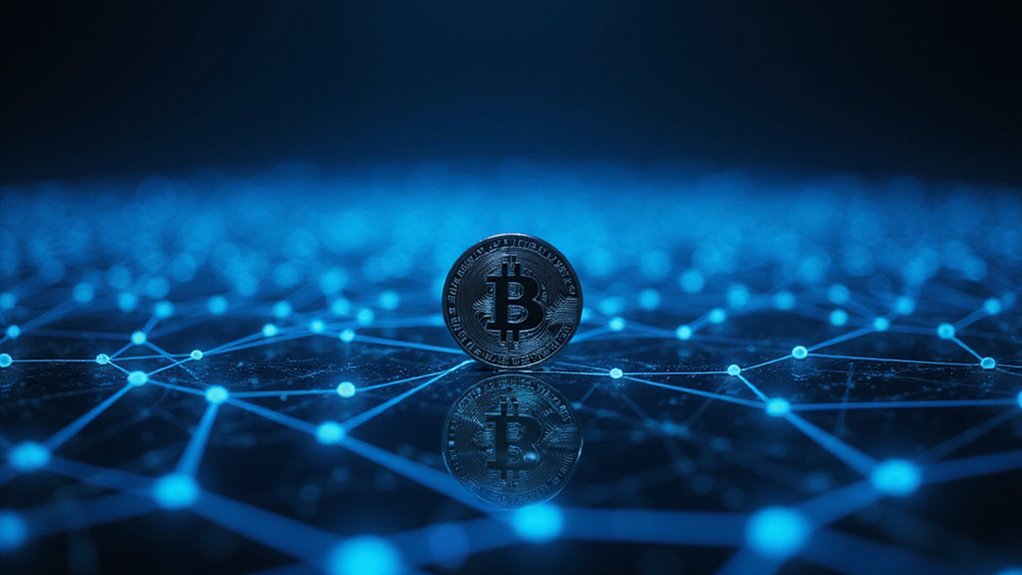A mainnet is cryptocurrency’s production environment—the real blockchain where transactions carry genuine economic consequences. Unlike testnets (blockchain’s equivalent of sandboxes), mainnet operations are permanent, immutable, and financially consequential. Running on consensus mechanisms like Proof of Work or Stake, these networks support everything from simple token transfers to complex decentralized applications. Bitcoin’s 2009 mainnet launch pioneered the concept, with Ethereum’s 2015 debut expanding the ecosystem’s capabilities. This technological bedrock underpins the entire cryptocurrency value proposition.

In the labyrinthine world of cryptocurrency, few concepts hold as much foundational importance as the “mainnet”—that critical infrastructure upon which the entire ecosystem of a blockchain project ultimately lives or dies. Simply defined, a mainnet represents the fully operational, deployed blockchain network where actual transactions occur using real digital assets. Unlike its experimental counterpart (the testnet), mainnet operations carry genuine economic consequences; each transaction permanently recorded, each smart contract immutably executed, each token transfer representing authentic value.
The architecture of a mainnet encompasses several essential components working in concert to maintain system integrity. Most importantly, these networks implement robust consensus mechanisms—Proof of Work, Proof of Stake, or their increasingly exotic variants—whereby participants collectively validate transactions without requiring central authority (a revolutionary concept that continues to baffle traditional finance adherents). These consensus protocols simultaneously secure the network and prevent the dreaded double-spending problem that would otherwise render any digital currency system functionally useless.
Bitcoin’s mainnet, launched in 2009, represents the progenitor of this technological category, while Ethereum’s 2015 mainnet deployment dramatically expanded blockchain utility by introducing programmable smart contracts. Since then, numerous mainnets have emerged, each with distinctive protocols and native cryptocurrencies designed to address specific market niches or technical limitations of predecessors.
For developers, the progression from testnet to mainnet constitutes a watershed moment requiring meticulous preparation. The stakes couldn’t be higher—code flaws that might result in mere theoretical losses on testnets translate to genuine financial catastrophe once deployed to mainnet. This explains the industry’s obsession with security audits and gradual implementation strategies.
The economic implications of functional mainnets extend far beyond simple value transfer. These networks now support increasingly sophisticated decentralized applications, from lending protocols to digital art marketplaces, creating entirely new financial paradigms outside traditional banking infrastructure. As mainnets continue evolving in capabilities and interoperability, they increasingly represent not just alternative financial rails but potentially transformative infrastructure for digital commerce and governance.
The reliability and functionality of any mainnet depends on its network of blockchain nodes that store, validate, and propagate transaction data across the decentralized ecosystem.
Frequently Asked Questions
How Do Investors Prepare for a Mainnet Launch?
Investors approaching a mainnet launch typically begin on a multi-faceted preparation regimen: setting up compatible non-custodial wallets through official channels, completing mandatory KYC verification (regulatory hurdles being what they are), and arranging for token migration from testnet to mainnet.
The prudent ones simultaneously engage with project communities, analyze market positioning vis-à-vis competitors, and—perhaps most essential—safeguard private keys with near-paranoid vigilance.
After all, mainnet participation without proper security is merely sophisticated gambling.
Can a Mainnet Transition Impact Token Value?
Mainnet upgrades fundamentally reshape token economics, frequently triggering substantial price fluctuations.
Successful launches typically spark immediate value appreciation as speculative capital flows in (sometimes irrationally so), while technical failures can precipitate dramatic selloffs.
Cardano’s smart contract implementation illustrates the upside potential, whereas Pi Network’s volatility demonstrates the ephemeral nature of hype-driven gains.
Long-term value ultimately hinges on the mainnet’s ability to deliver practical utility rather than merely theoretical promise.
What Security Risks Exist During Mainnet Migration?
Mainnet migrations—those fraught digital pilgrimages—expose networks to myriad security vulnerabilities.
Unauthorized access threats loom large when authentication protocols falter during shift.
Smart contracts may suddenly reveal their Achilles’ heels through reentrancy or DOS vulnerabilities.
Data integrity risks emerge as information traverses environments, while the precarious balance between security and performance strains under migration pressure.
Perhaps most concerning for investors¹ is how technical hiccups can trigger market volatility, sending token valuations on unexpected journeys.
¹As previously discussed, mainnet shifts substantially impact token values.
How Do Mainnets Differ Between Proof-Of-Stake and Proof-Of-Work Cryptocurrencies?
Mainnets differ fundamentally between PoW and PoS cryptocurrencies in their consensus mechanisms, energy profiles, and security models.
PoW mainnets (Bitcoin et al.) rely on computationally intensive mining—notoriously energy-hungry but historically robust against attacks.
PoS networks (Ethereum 2.0, Cardano) leverage economic stake instead, offering improved energy efficiency and transaction speeds while potentially sacrificing some decentralization.
The architectural disparities extend to scalability solutions, with PoS networks generally better positioned for implementation of sharding and other throughput enhancements.
Can Mainnet Failures Lead to Permanent Cryptocurrency Collapse?
Mainnet failures can indeed precipitate permanent cryptocurrency collapse, particularly when catastrophic technical flaws or security breaches erode trust beyond repair.
While resilient cryptocurrencies like Bitcoin have weathered significant setbacks, smaller projects lacking robust community support or technical redundancies often succumb to extinction following major mainnet incidents.
Mt. Gox’s implosion demonstrates how even established players aren’t immune to oblivion.
The cryptocurrency graveyard is littered with promising projects whose mainnet failures triggered death spirals from which recovery proved mathematically impossible.









